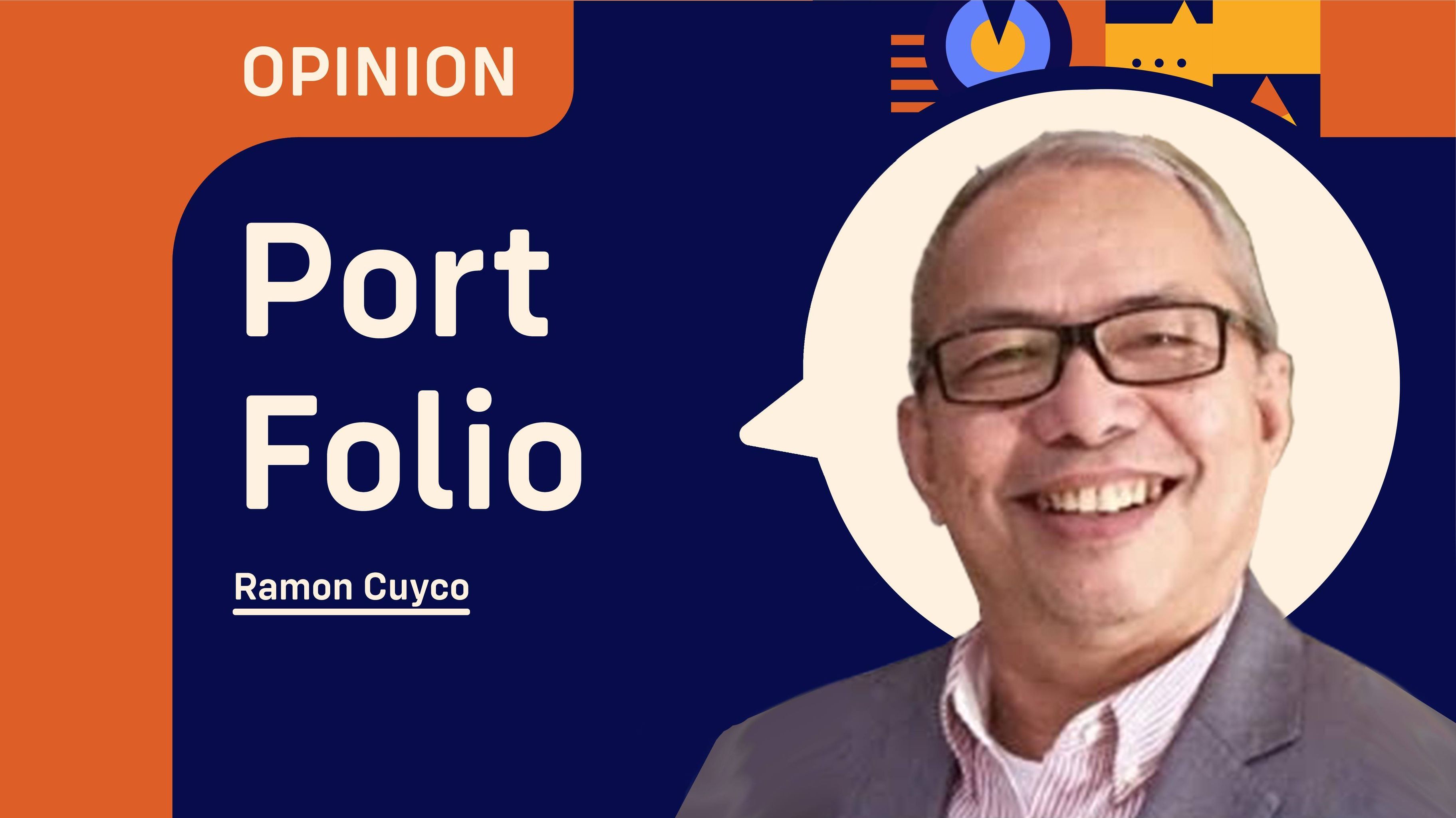IN October 1922, 23 ships carrying 8000 people fled Russia for friendly shores. They were later called White Russians, to distinguish them from the Red Russians—rabid supporters of the Socialist Revolution of 1917.
Off these 800 White Russians split into two ports of call: Shanghai Port in China, and the Port of Manila. They were the 1st wave of White Russian refugees who arrived in 1923.
The 2nd wave, composed of 1200 European Jews who fled from the Nazi persecution during WWI, arrived in 1934 and were welcomed by then President Quezon and US High Commissioner McNutt. Their numbers grew to 30,000 in 1939.
Then the Philippines saw the 3rd wave from General Franco’s crackdown on the Republicans in Spain. By that time, the Philippines’ reputation as very accommodating and hospitable nation must have reverberated around the globe.
In 1940, the 4th Wave of refugees in the Philippines comprised of 30,000 Kuomintang members who fled the mainland China to escape the newly- formed communist People’s Republic of China. This occasioned the passage of Commonwealth Act 613, or the Philippine Immigration Act of 1940, which is still in effect now.
Then came Tiempo Russo, another 6,000 white Russians, who opted to land in Shanghai while the majority went directly to Manila. They were received by President Elpidio Quirino. When the communist movement was consolidating gains in China, requests for asylum were sent across the world. Only the Philippines replied positively and accepted the 5th wave of asylum-seekers.
These white Russians found refuge in Tubabao Island, in Guiuan, Eastern Samar. They stayed there from 1949 until they were relocated to other countries in 1953. That time, the Philippines was still reeling from the devastation caused by WWII.
These refugees who were accommodated by the Samareños were a mix of nationals from the former Soviet Union of Socialist Republics, Armenians, Estonians, Germans and Austrians, Turko Tatars, Ukrainians, Lithuanians, Czechs and Yugoslavs, Polish, Latvians, and Hungarians, all encamped in the abandoned US Naval Base in Guiuan, Samar.
The 6th Wave was during the Martial Law period extending up to 1992 involving the “boat people” of Vietnam who fled the Vietnam War and the attempt to unify the North and South Vietnam.
Evading backlash for supporting the Southies and their American allies, these “boat people” fled in droves after the Fall of Saigon. It seemed even the sea currents knew of the Philippine hospitality and them to Philippine shores. Filipino fishermen rescued and ushered them into their homes along the coasts of Bataan. This gave birth to Marcos Sr.’s Refugee Processing Centers in Palawan and Bataan.
The 6th Wave of the seventies—comprised thousands of Iranians who sought refugee status studying and working, rather than return to their country under a new government that forcibly took power. In the nineties, the Iranians were the largest bloc of non-Indo-Chinese refugees.
The 8th Wave was made up of Asian nationals who escaped political upheavals in their countries—Laos, Cambodia and Vietnam. By then, Marcos Sr. had already established the Philippine Refugee Processing Center in Morong, Bataan capable of accommodating huge numbers of asylum-seekers.
Philippine government hosted these refugees until their relocation to foreign shores: the US, Canada, France, and Australia. Reportedly, 400,000 Indo-Chinese refugees escaped in boats to the Philippines from 1980 to 1994.
In 2000, 600 East Timorese refugees who were temporarily sheltered in the Philippines due to their struggle for independence from Indonesia. After security was restored, they were repatriated to East Timor.
After over a century of offering asylum to other nationals, is the 10th Wave of asylum-seekers now in the offing?
Yes, and this wave will be coming from POGO workers who refuse to return to China for fear of jail terms or death sentences.
After all, the POGO can just be tweaked into a rich source of tax revenue, even as we need to improve on the law enforcement component. MIGRAnomics, quips a solon, as he juxtaposed social costs which are anecdotal, versus the economic benefits that are empirical.
